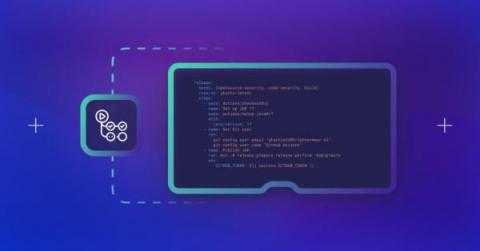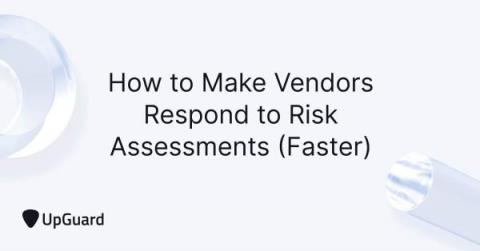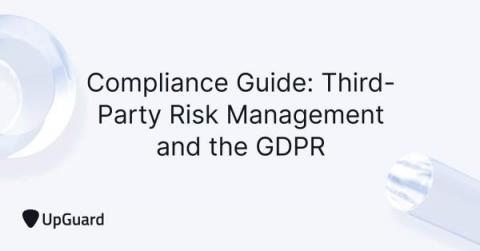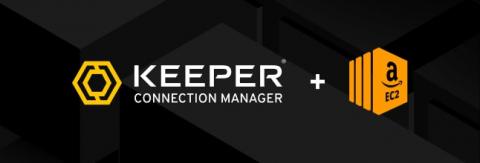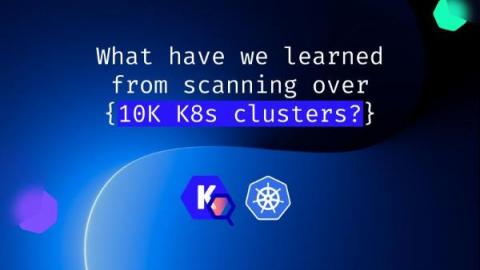Security | Threat Detection | Cyberattacks | DevSecOps | Compliance
Security
How to Prevent Out-of-Bounds Document Sharing with Egnyte
Every day, your users access dozens of documents they need to do their jobs. However, many users fail to take basic steps to protect sensitive documents from leaving the organization. In sports, when a team loses the ball out of bounds, they have to go on defense. The same thing happens in business when you lose critical documents.
Building a secure CI/CD pipeline with GitHub Actions
GitHub Actions has made it easier than ever to build a secure continuous integration and continuous delivery (CI/CD) pipeline for your GitHub projects. By integrating your CI/CD pipeline and GitHub repository, GitHub Actions allows you to automate your build, test, and deployment pipeline. You can create workflows that build and test every pull request to your repository or deploy merged pull requests to production.
DevSecOps 101: Presenting Pyrsia
What to Automate First in Your SOC - Intro to Torq Webinar
Are Protection Payments the Future of Ransomware? How Businesses Can Protect Themselves
Ransomware has matured significantly over the previous decade or so. Initially thought to be a relatively basic virus that could be contained on a floppy disk, it can now damage global business infrastructures, stop healthcare systems dead in their tracks, mess with fuel supply networks, and disrupt transportation infrastructure. Its simplicity is what makes it so appealing to criminals. The attacks don’t have to be very sophisticated to cause significant harm and extort ransom payments.
How to Make Vendors Respond to Risk Assessments (Faster)
One of the most frustrating challenges of vendor risk management is chasing outstanding security questionnaires. But with some clever operational strategies, you’ll never need to worry about delayed risk assessments impacting your SLAs again. To learn how to encourage your vendors to complete their risk assessments faster, read on.
Compliance Guide: Third-Party Risk Management and the GDPR
The General Data Protection Regulation (GDPR) is one of the world’s most popular regulations. Though the European Union designed the GDPR to protect European citizens, its compliance transcends European borders, impacting most businesses collecting personal data via their websites - because you can’t control whether a European citizen accesses your website. Third-party vendors often require access to sensitive personal data to deliver their services.
Use Keeper Connection Manager to Automatically Discover & Connect to AWS EC2 Instances
One of the selling points of cloud computing is the ability to quickly spin up new machines as needed. Unfortunately, this means that cloud environments grow very complex, very quickly – and manually updating configuration files to add new instances gets really old, really fast. It’s easy to make a mistake, which inhibits productivity and causes security issues, especially when accessing machines remotely.




